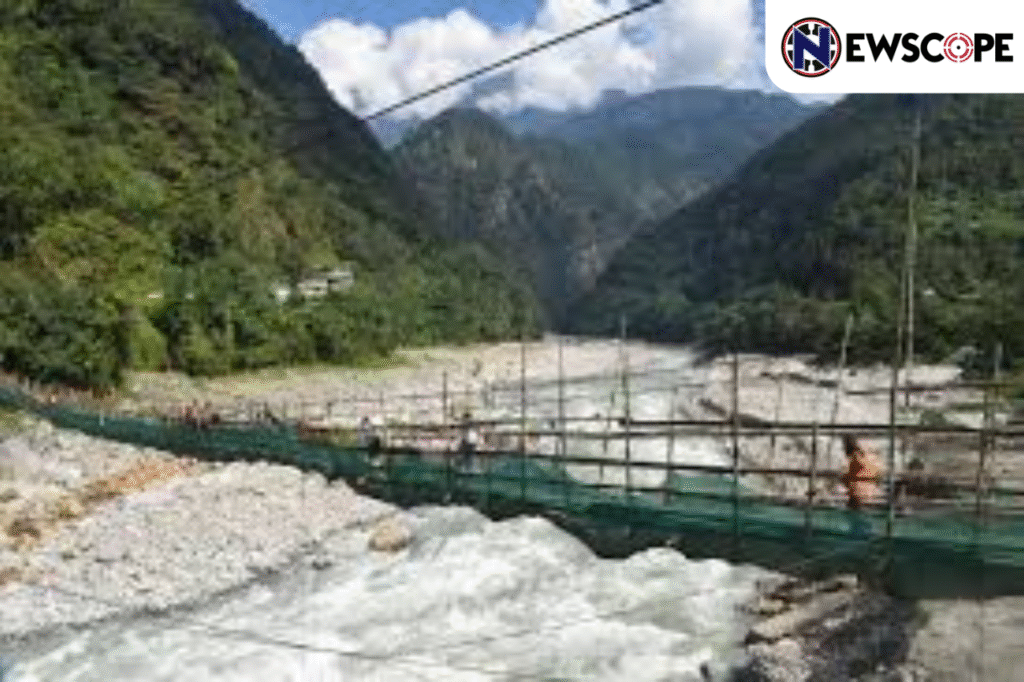State government of Sikkim in collaboration with UNESCO has pledged to preserve the Ru-Soam bridges of the Lepcha Community. The Ru-Soam or the Lepcha cane bridges are traditional handwoven suspension bridges crafted by the Lepcha community, indigenous to Sikkim and parts of the eastern Himalayas.
Made from locally sourced cane and bamboo, these eco-friendly bridges span rivers and gorges, offering vital connectivity in remote mountainous areas. Ingeniously designed without metal or nails, they rely on intricate weaving techniques passed down through generations. More than just functional structures, they reflect the Lepcha people’s harmony with nature and sustainable living practices.
The initiative will work to protect the Ru-Soam native to Lepcha communities of the Dzongu Tribal Reserve in the Kanchenjunga Biosphere Reserve.
Benno Boer, UNESCO’s Chief of Natural Sciences, is expected to visit Sikkim in May to further advance the initiative.
Officials from the Science and Technology Department, UNESCO Regional Director Tim Curtis praised the partnership and pledged support for technical documentation and global heritage recognition of Lepchacane bridge art during a meeting at the Tashiling Secretariat. The meeting, chaired by Science and Technology Minister Pintso Namgyal Lepcha, brought together experts, artisans, and community leaders to present Ru-Soam.
Read more: https://newscope.press/father-of-indian-angioplasty-dr-mathew-samuel-kalarickal-passes-away-at-77/
